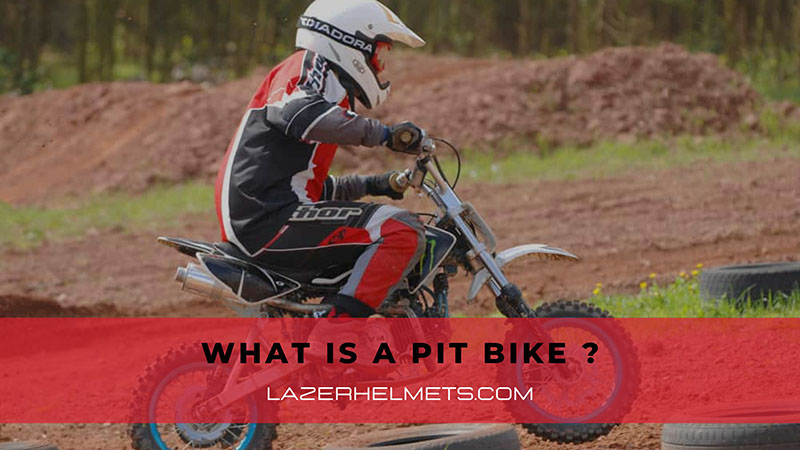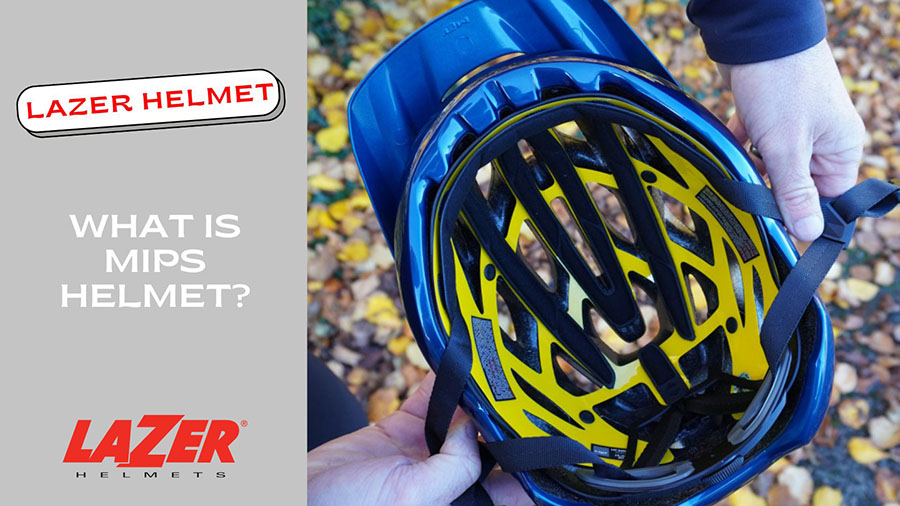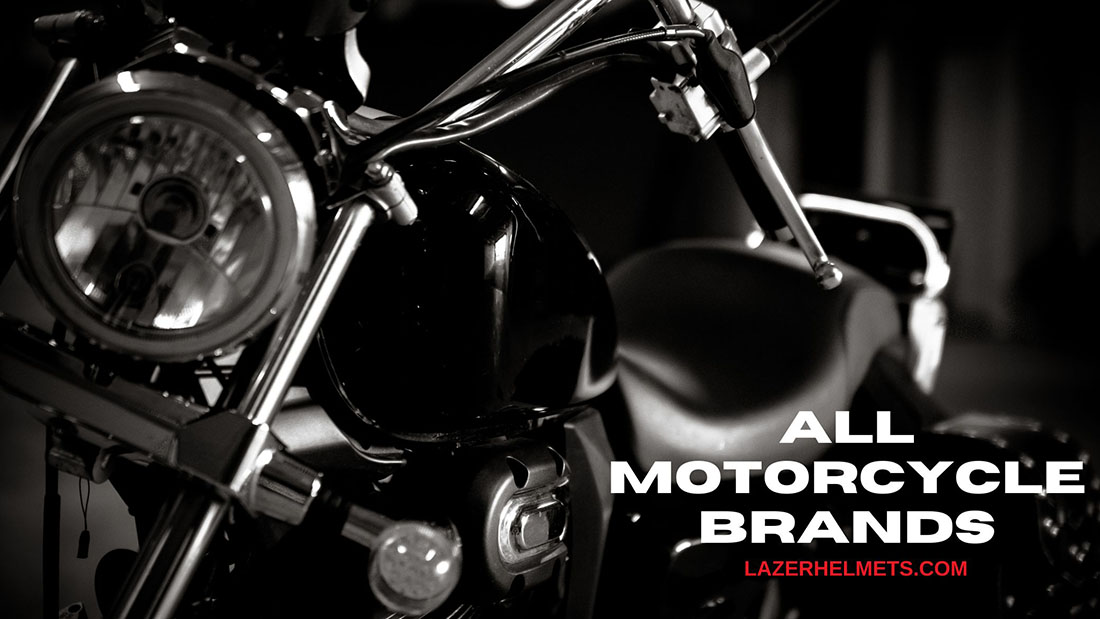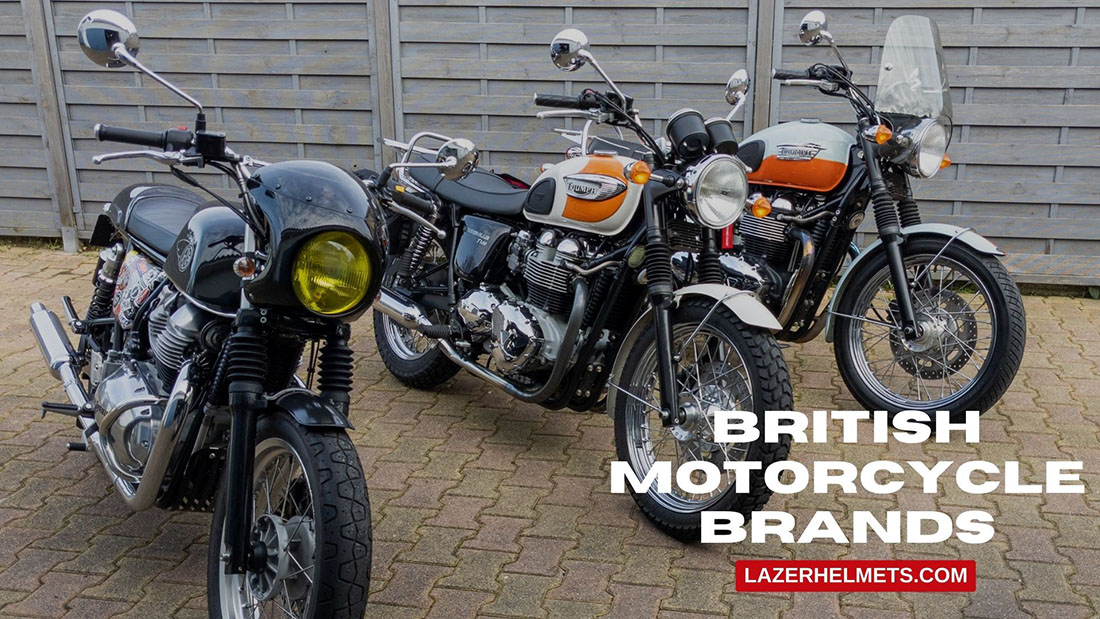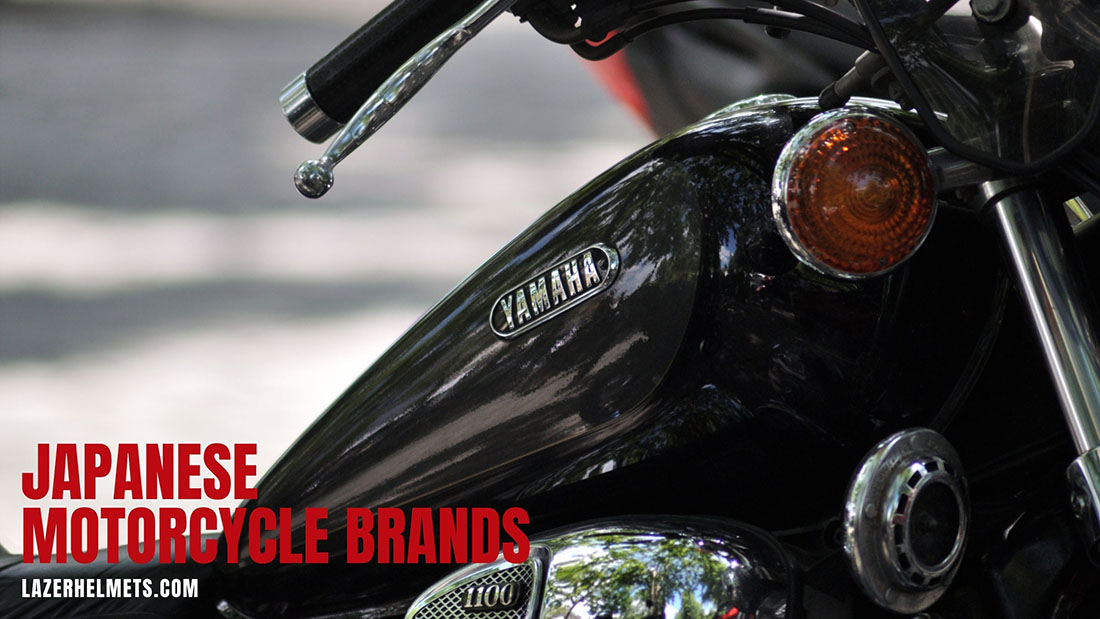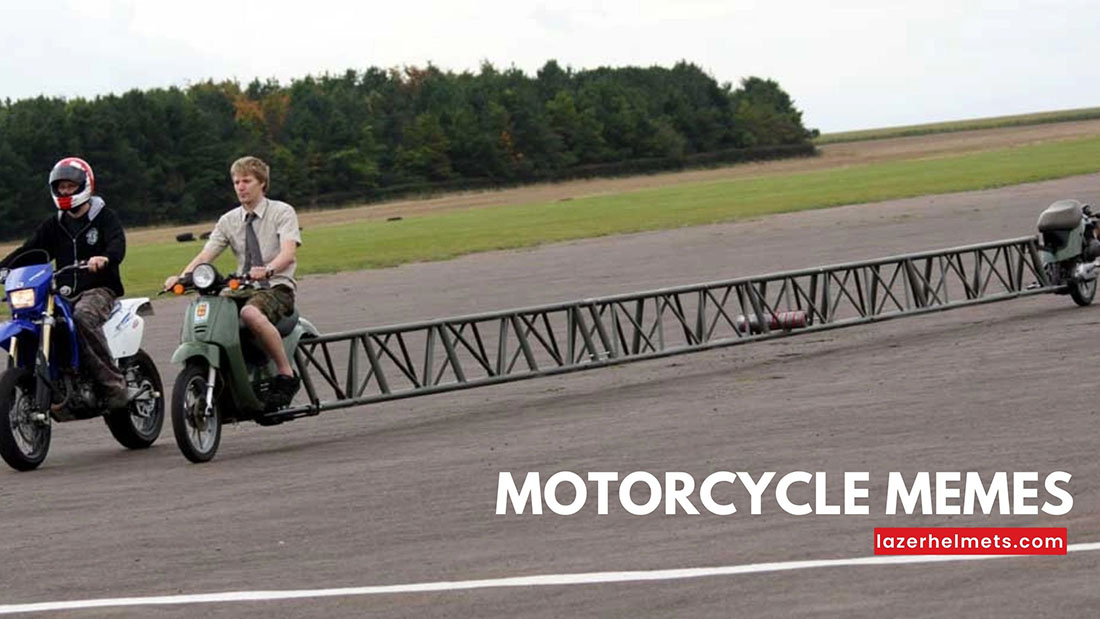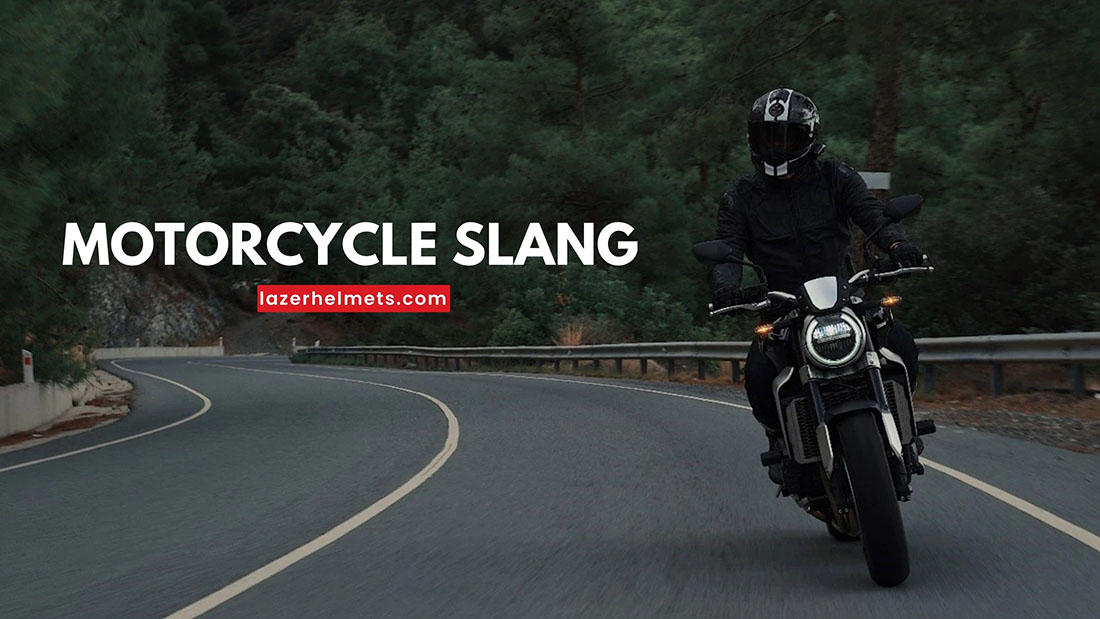Motocross and dirt motorbikes are so popular there’s no need for further introduction. But do you know that there is another much cheaper and more lightweight version called “pit bikes”? People often confuse them with dirt/MX bicycles, but many defining features set them apart from other bike types.
This article will gladly debunk common misconceptions about pit bike motorcycles by diving into their definition, mechanism, and structure. Other relevant aspects (safety tips, pricing, etc. ) are also covered. Stay tuned!
Table of Contents
What Is A Pit Bike Motorcycle?
The original inspiration for pit bike models was different from what we hear today: back then, they used to be vehicles designed for driving around pit areas of Motocross races.
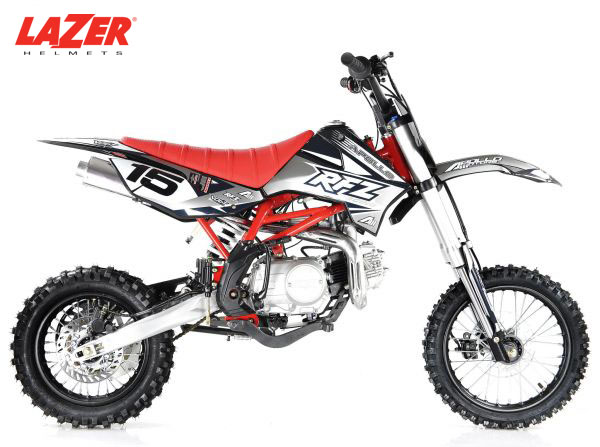
Nevertheless, their small and easy-to-handle size (plus the low costs) have made them more popular among general riders. Pit bike racing slowly detaches from Motocross and grows into a separate sport, prompting manufacturers to produce specialized racing models for competitors.
No studies have concluded the main demographic of pit motorbikes, but it’s safe to say they are mostly old children and teenagers. Though some adults still prefer them over full-sized dirt bikes, the public views pit motorbikes as training vehicles for inexperienced riders before they enter the serious side of dirt biking.
How Much Do Pit Bikes Cost? Why Are These Bikes So Cheap?
The average price is startlingly low, ranging from $200 to below $1000. Why?
Unlike standard dirt bikes, pit motorbikes are not considered “serious vehicles.” Professional riders even regard them as children’s toys/training wheels. Plus, most models are made of average-quality materials that break and wear down quickly.
That does not mean there are no exceptions, though. Quality products from famous brands like Kawasaki KLX may be valued at least $2,300. The more features and add-ons you want, the more expensive the bikes may get!
Pit Bike vs. Dirt Bike: How Are They Different?
So the consensus is that pit motorcycles suit children, while full-size dirt bikes work better with adults. But is that the only difference? What’s there to know more about?
| Pit bikes | Dirt bikes | |
| Engine | Four-stroke engines | Four- and two-stroke engines |
| Body shape | SmallLightweightLow | LargeHighNumerous size options |
| Tire | 12-14-inch tiresSmall, limited grip Suitable for smooth road trails | 18-inch tiresLarge, knobby Suitable for rough terrains |
| Upkeep | Little upkeep required | More upkeep required (especially two-stroke models) |
1. Engine
Pit Bikes:
Pit bikes often utilize 4-stroke motors in the range of 50 to 1400cc (it’s easy to understand why considering their small sizes). Still, mainstream ones rarely go above 250cc.
Hence, every engine cycle requires simultaneous motions from four pistons. All the strokes offer propelling energy to ensure reliable and steady output.
With such manageable bike control, teenagers and children alike will have no trouble riding them regardless of body size and riding skills. The powerband in pit motorbikes is also much smoother than other types, making their operation even easier.
Dirt bikes:
Both four-stroke and two-stroke motors can work on regular dirt bikes.
- Two-stroke models: The pistons generate two rotations in one complete cycle. Their acceleration rate is higher than four-stroke motors, terrific for racing and tracks. However, controlling these beasts might be challenging for riders with little experience.
- Four-stroke models: Although their maximum speeds exceed two-stroke, the acceleration rate is not that impressive. We recommend them for casual street riding rather than racing (even though the latter is still possible – just not as efficient as two-stroke).
2. Body Shapes
Pit bikes:
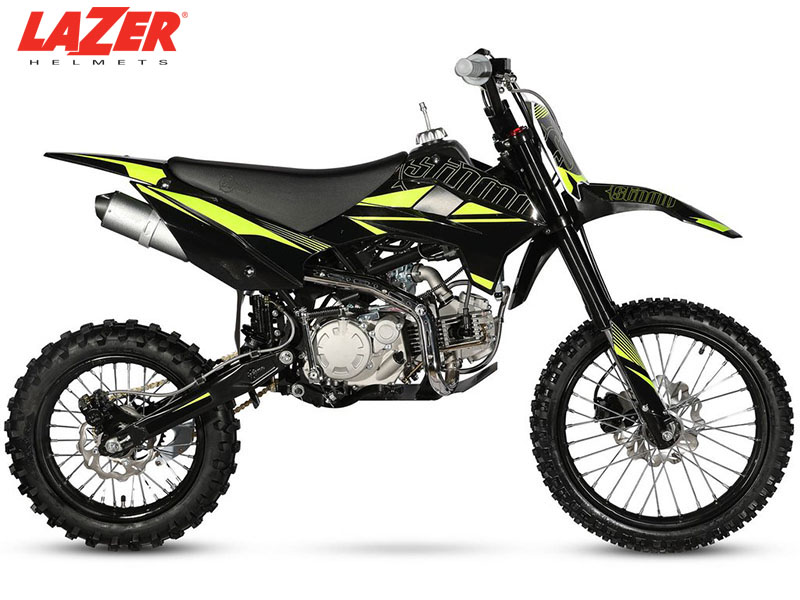
Their frames are small, compact, and lightweight, allowing pit bike riders to slide between enclosed pit courses.
Unfortunately, the height is too low to be useful in off-road races. Bigger models are needed to handle obstacles for off-road purposes, which is why dirt bikes are the more practical choice in such cases. If you insist on using pit bikes for dirt-bike tracks, the model’s mechanics will destroy themselves, putting you at severe risk.
The only exception is plain and clear trails: using pit motorbikes will pose no problem here. Short adults/teenagers/children will have a great time with them.
Dirt bikes:
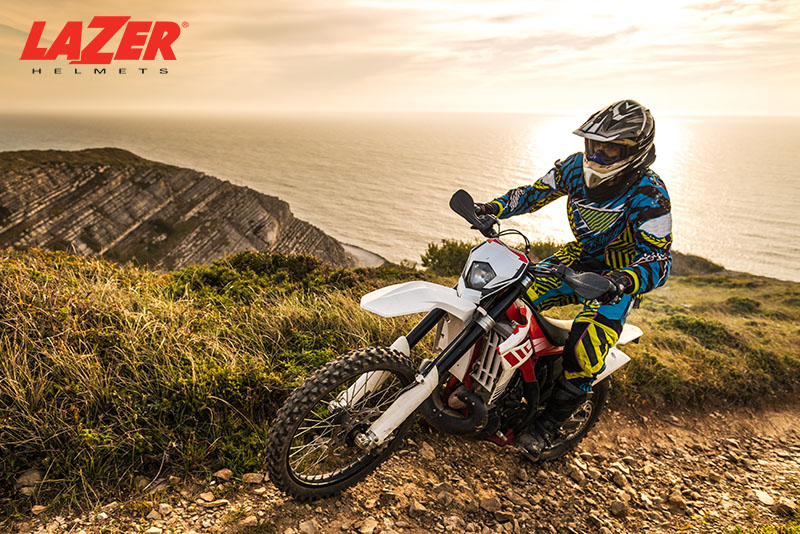
Undoubtedly, they are much larger than pits, but some drawbacks ensue: moving and storing these vehicles is by no means easy. Also, the bulky load does not allow them to work well on narrow courses.
In compensation, you will find it much safer to travel on these motorbikes – since their big frames can handle all obstacles on common dirt roads. Numerous sizes and shapes are available to fit different rider heights.
3. Tires
Regardless of which motorbike you opt for, their tires are designed to fit whatever terrains these bicycles are supposed to travel on.
Dirt bikes:
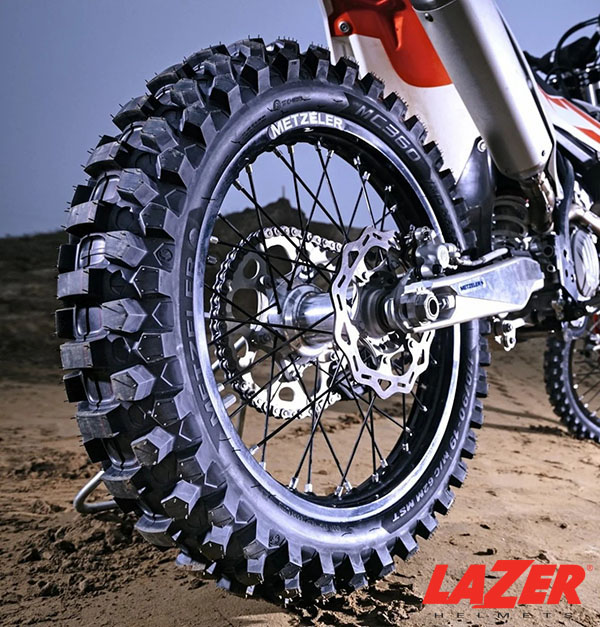
Since dirt motorbikes are common on street roads, off-road, and mountain tracks (all of which are rough terrains), they often use large, knobby tires to keep powerful engines higher above ground and gain better speed.
Furthermore, outer rubber layers cushion their shells to maintain the required grip on stony textures, dirt, mud, and sand. Rolling the bike through these surfaces is a piece of cake.
Regarding measurements, tires for dirt bicycles are about 18 inches.
Pit bikes:
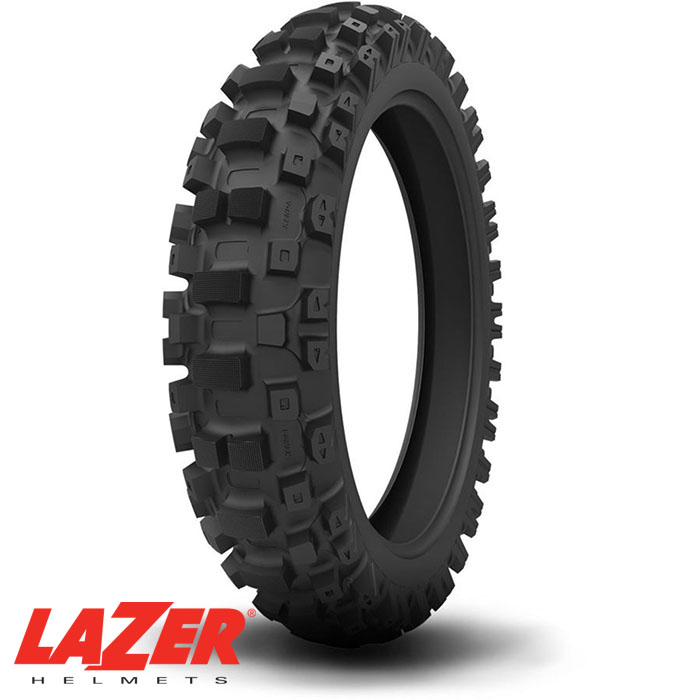
Pit bike tires are generally smaller (only 12 inches for rear tires and 14 inches for front ones) to accommodate the bike’s small body.
With limited traction and grip, it would be best to use them for smooth pit bike races and trails only. Rocky terrains are beyond their abilities.
4. Upkeep
Dirt bikes
Four-stroke ones require less maintenance since less engine work is involved. Nevertheless, their malfunctions or defects will charge you far more than two strokes since many repair tasks are needed.
On the other hand, two-stroke dirt bikes – working twice harder than four-strokes with more engine work – will demand more upkeep from you.
The simple engine structure and non-complex repairs mean you do not have to spend much money on diagnosis and treatments. Not to mention, cleaning them is a breeze.
Pit bikes
A huge upside of pit bikes is the easy and inexpensive upkeep. Just ensure the oil is properly topped off and the filters are clean, and that’s it. You don’t even have to interfere much! Avoid high-center rocks and off-roads, and the bike will perform well for at least five years.
Do Pit Bikes Need Insurance?
No. Pit bikes are not registered vehicles by law, and most of these bicycles are safe for kids and older children anyways.
Nevertheless, for paranoid parents worried their child might be involved in pit racing accidents someday, it is still recommended to have some good coverage for damage reduction.
Conclusion
Our guides have given you clear overviews of what regular pit bikes entail, how they work, and why people deem them different from dirt bikes. Assess their features and compartments carefully (not to mention your current road-riding skills) to determine whether pit or dirt bikes are the perfect options.
Money-wise, we have great news for tight-budget customers: you barely need to spare a second thought about their price tags. Unless you opt for higher-end, more appealing options from famous brands, most pit bikes come at incredibly low costs and generous insurance fees.

